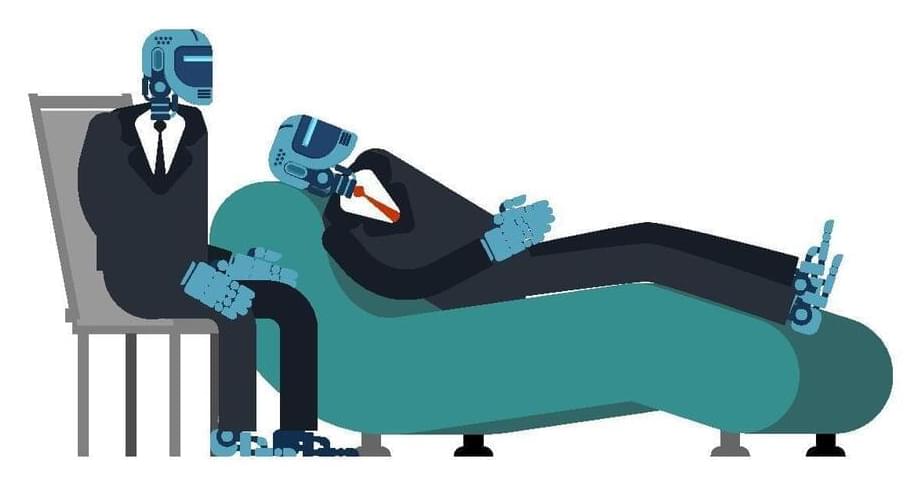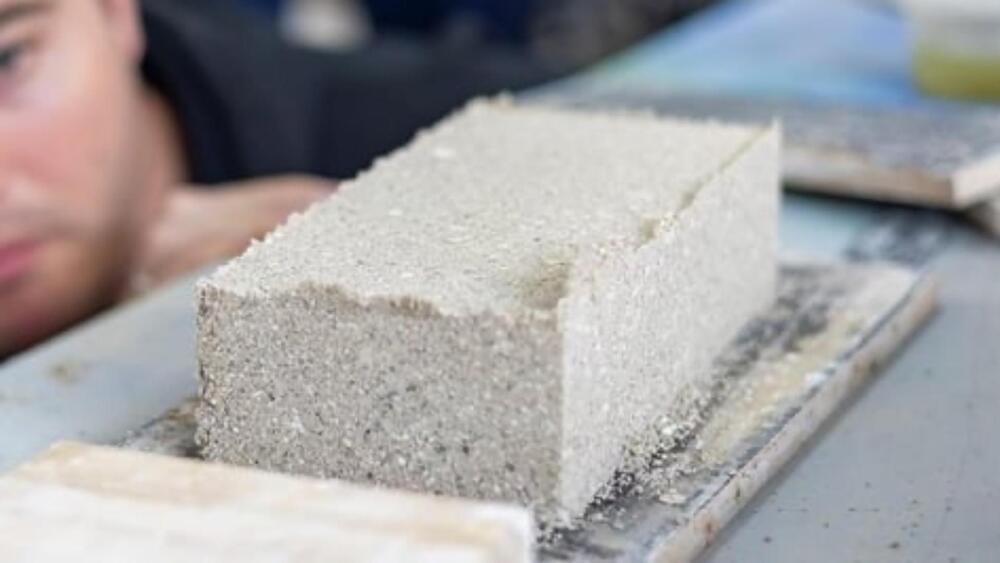A lot of what we talk about with artificial intelligence and machine learning is what you might call “technical considerations” – which makes sense, because these are groundbreaking technologies.
But AI is going to be social, too – it’s going to have a social context. One way to explain that is that with ‘humans in the loop’ and assistive AI, the AI has to be able to interact with humans in particular ways.
So what about the social end of AI research?







